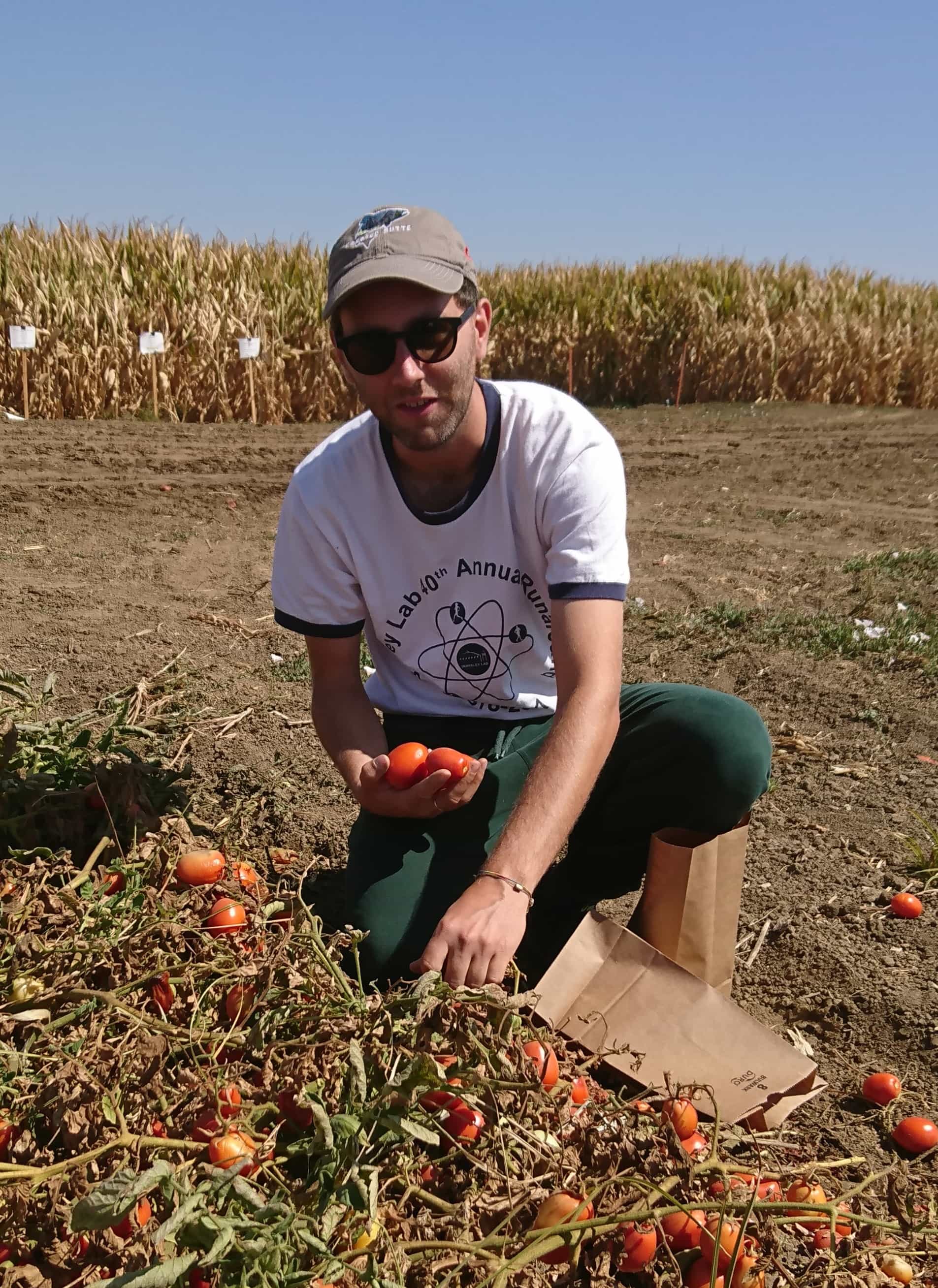
Current Position
Hello, I'm Luca Peruzzo. I'm a geophysicist, specialized in near-surface and environmental geophysics. I studied geology in Padova (IT) and then moved to Bordeaux (France) and Berkeley (USA) for a PhD and some years of research. In 2022, I returned to Italy, Treviso, close to Venice. I worked as a geophysics and earthquake engineering at MoHo for one year and then took a research position at the University of Padova.
Education
B.S. Earth SciencesUniversity of Padova, 29 June 2012
I studied Geology in Padova, close to my hometown Vicenza. I earned a bachelor's degree in Earth Sciences in June 2012. This three-year program is structured as follow. The first year covers the fundamentals of scientific disciplines, such as mathematics, physics, chemistry, and statistics. The second year is dedicated to the "pure geology" subjects, for example mineralogy, petrology, sedimentologh and sequential stratigraphy, geophysics, geography and geomorphology, and geological survey. The third year focuses on more applied courses, including environmental geochemistry, applied and environmental geophysics, hydrology and hydrogeology, technical geology, and soil and rock mechanics.
I graduated under the supervision of Prof. Paolo Nimis and Prof. Gilberto Artioli with a thesis on the ore deposits in the Apennines ophiolites, Modena region. The study was part of a bigger scientific project investigating ore deposits and their isotopic signature, also in relationship to the trades of metals and manufactures in the Copper Age. The related publication is Artioli et al. 2017, Long-distance connections in the Copper Age: New evidence from the Alpine Iceman’s copper axe.
M.S. Geology and Technical GeologyUniversity of Padova, 2015
I continued my studies in Padova attending a master program in Geology and Technical Geology. This two-year program offers three possible curricula, among which I chose Applied Geology. Here, I could focus on environmental and engineering subjects and explore more advanced mathematical, physical, and numerical aspects. I attended more in-depth courses on environmental geochemistry, applied/near-surface geophysics, technical geology, and hydrology-hydraulics. The curriculum also provided opportunities to practice hydrogeology modeling, remote sensing image analysis, and geophysical field activities.
I graduated cum laude in March 2015 with a thesis in near-surface geophysics under the supervision of Prof. Giorgio Cassiani. The thesis work characterized a reconstructed river embankment in the province of Padova; the coexistence and interaction of mechanical heterogeneities and water infiltration phenomena motivated the use of different geophysical methods. This way, I had the opportunity to deepen my knowledge and interest in geoelectrical (ERT, GPR, and SP) and seismic methods.
PhD in Environmental Geophysics University of Bordeaux Montaigne - Lawrence Berkeley National Laboratory, June 2019
I completed a PhD in environmental geophysics at University Bordeaux Montaigne (UBM), a 3-year co-tutelage program with Lawrence Berkeley National Laboratory (LBL). I worked under the supervision of Prof. Myriam Schmutz (UBM) and the Dr. Susan Hubbard (LBL).
I spent the initial one and a half years in Bordeaux. During this period, I focused on the use of the Spectral Induced Polarization (SIP) method for investigating pore fluid chemistry and related complexation processes. To strengthen the interpretation of the SIP results I also performed adsorption/chemical extraction experiments and included complexation modeling (PHREEQC and PEST). I also took part to some multidisciplinary field investigations focusing on grapevines and their relationship to above- and below ground chemical and physical factors.
I then moved to Berkeley for the second half of my PhD, here, I focused on the use of geoelectrical approaches for characterizing soil hydrological processes and root-soil interactions. To this end, we also developed a novel approach based on the inversion of the current source density distribution to image the current pathways in the root-soil system. We explored the use of geoelectrical approaches for characterizing the soil-plant-atmosphere continuum in terms of water content and potential. Thanks to collaborations with Noble Research Institute and UC Davis I had the opportunity to test the use of multi-channel SIP measurements as novel bioimpedance method for root phenotyping.